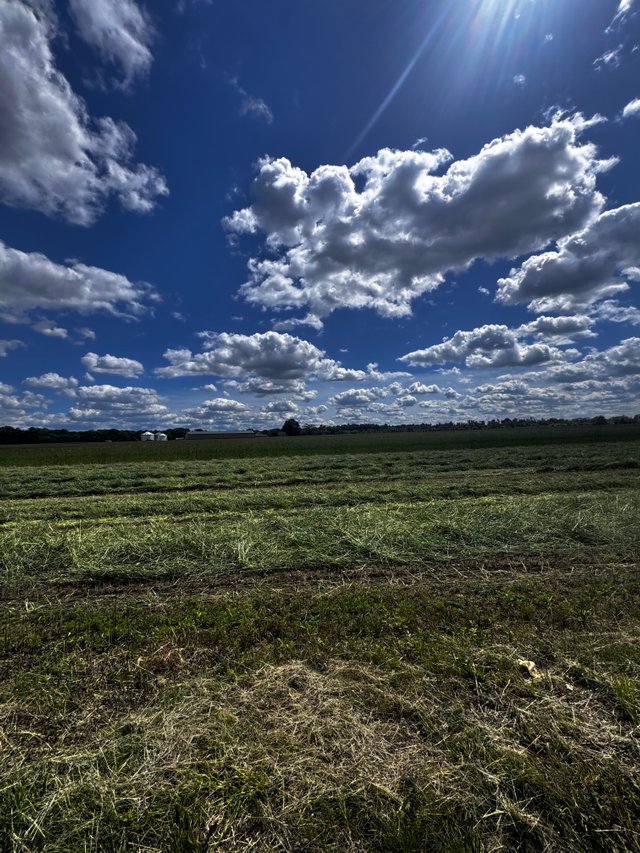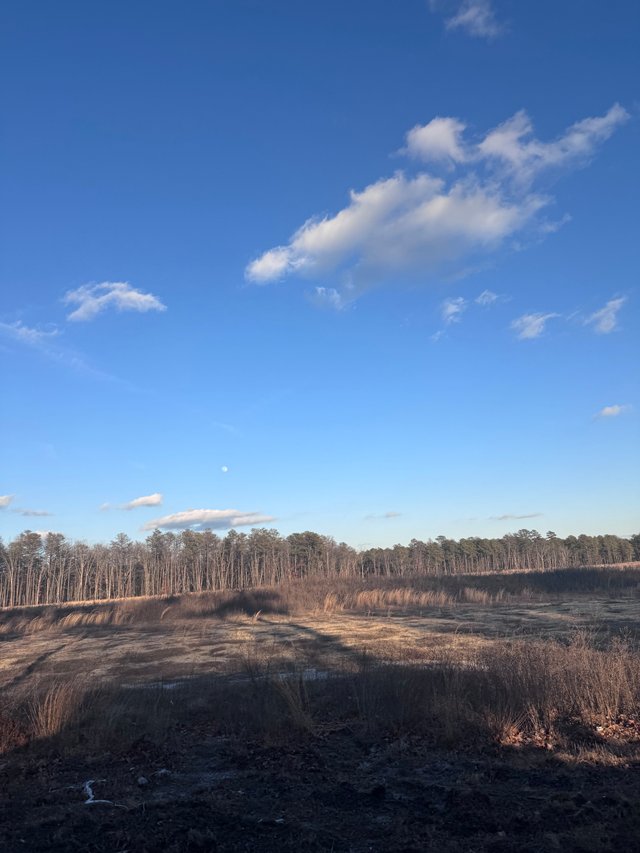The Sacredness We Forget: Oak Flat, Indigenous Claims, and the Cross the World Fears
The Sacredness We Forget: Oak Flat, Indigenous Claims, and the Cross the World Fears
Across the canyons of Arizona and the courtrooms of Washington, a battle is being fought over a mesa called Oak Flat. The Apache call it Chíchʼil Biłdagoteel, and for years, they have claimed it as sacred ground. The mining giants Rio Tinto and BHP seek to extract copper from beneath it—one of the largest deposits in the nation.[1]
To the casual observer, this might seem like a clash between environmental justice and corporate greed. But a deeper examination reveals a more complicated, more ideological conflict: one that pits the sacredness of tribal ritual against the spiritual legacy of those who came proclaiming Christ.
And in the court of modern opinion, only one kind of sacredness is allowed.
⸻
🪶 Who Was Really Here First?
The Apache, part of the Athabaskan language family, migrated south from Canada roughly between 1000 and 1500 AD.[2] When they arrived in the Southwest, they displaced or filled the vacuum left by the Hohokam, Mogollon, and Salado—earlier cultures whose complex irrigation systems and village life had mysteriously declined.[3]
Today, Apache claims to Oak Flat are treated as absolute, while the land use, cultivation, and legacy of settlers who’ve lived here for 150–170 years is written off as illegitimate, colonial, or even evil.
This is a modern sacred double standard.
If sacredness comes from ceremony, memory, and multi-generational presence, why does the world venerate tribal rituals but despise the Baptist camp meeting, the family homestead, or the country church graveyard?
What About the Settlers at Oak Flat?
Critics often imply that American settlers in the Oak Flat area have no meaningful historical claim. But this, too, ignores the record:
• After the Gadsden Purchase (1854), Oak Flat and surrounding regions became U.S. territory.
• The towns of Globe (1876), Miami (1907), and Superior (1870s) were founded by American miners, ranchers, and families, many of whom were multi-generational.[4]
• Nearby Pinal City, now a ghost town near the Resolution Copper site, was a silver mining settlement in the 1870s.
• Families of Welsh, Cornish, Mexican, and Anglo-American descent have lived, worked, and worshiped in the region for over 150 years.
While not 300–400 years old like Plymouth or Jamestown, these communities have deep roots, generational investment, and a cultural legacy often erased in modern debates.
If the nomadic Apache sanctified Oak Flat through their ceremony, settlers did so through labor, sacrifice, and community. I ask this question why aren’t both deserving to be acknowledged?
This situation is not only a North American one:
South Africa: The Forgotten Builders
This same distortion plays out in South Africa, where the Boers—descendants of Dutch settlers like Kruger and Botha—built civilizations in territories that were largely unsettled and undeveloped.[5] Yet they’re now vilified, while tribal claims (some of which post-date the Boer presence) are elevated as morally superior.[6]
Why the selective memory? Why does Indigenous occupation sanctify, but European development desecrate?
Because this isn’t about land.
It’s about worldview.
🔥 What the World Truly Hates
What connects Oak Flat, South Africa, and countless other sites of conflict around the globe is not just culture or ethnicity—it is Christ.
Missionaries who brought the gospel to remote tribes are now portrayed as invaders. Their message—repentance, forgiveness, the exclusivity of Christ—is viewed as cultural genocide.[7] But they didn’t bring bullets. They brought Bibles.
They didn’t conquer. They wept.
They didn’t enslave. They washed feet.
They didn’t exploit. They bled and died, not for gold or land, but for souls.
🌍 The Hypocrisy of “Indigenous Protection”
The same global institutions that protect “sacred land” at Oak Flat also enforce laws prohibiting missionaries from reaching uncontacted tribes—like the Sentinelese of North Sentinel Island—even to save them from hell.[8] The world would rather a soul perish in spiritual darkness than risk hearing the name of Jesus.
Why?
Because Jesus doesn’t just challenge paganism.
He exposes the idolatry of the modern West too.
⸻
✝️ Indians Who Found Christ and Left Their “Sacred Ground”
Let’s not forget: thousands of Native Americans have come to Christ. And when they did, they often walked away from ancestral spirits, sacred dances, and land-centered worship—not because they were forced, but because they saw something greater.
• Tom Claus, a Mohawk missionary, preached Christ throughout the U.S. and started ministries on many reservations.[9]
• Billy Osceola, a Seminole, was among the first to bring Christianity to his people, even facing persecution for doing so.[10]
• Countless others abandoned sweat lodges, vision quests, and syncretism—not because of white guilt or bribes, but because they met the Saviour who bled for them.
They didn’t desecrate their culture.
fulfilled its deepest longings
They discovered that the truest sacred ground is not a mesa in Arizona or a mountain in the Andes. It’s the hill of Calvary, where a wooden cross stood, and God incarnate died to redeem every tribe and tongue.
⸻
🙏 The Only Sacred Ground That Lasts
If Oak Flat is sacred, it is only sacred because God made the earth. But when men refuse to worship the Creator and cling instead to the creation, they fall into idolatry.[11]
“The earth is the Lord’s, and the fulness thereof; the world, and they that dwell therein.”
(Psalm 24:1)
The world rushes to protect the sacred ground of tribes, pagans, and cults, religious or otherwise—so long as it means keeping their eyes on the dirt, the sky, and the stars, but most of all, off the Cross.
Sacred lands? Possibly. But only when they point to the God who made them.
“The earth is the Lord’s, and the fulness thereof; the world, and they that dwell therein.”
— Psalm 24:1, KJV
The real crime in today’s world is not the mining of copper. It’s the proclamation of Christ.
That’s why missionaries are slandered.
That’s why Christians are mocked.
That’s why Indigenous converts are erased from history.
Because in every generation, there is One Name that the world cannot tolerate:
“There is none other name under heaven given among men, whereby we must be saved.”
(Acts 4:12)
That name is Jesus. And He’s still the Rock that causes offense—whether at Oak Flat, in Johannesburg, or in your own living room.
⸻
📚 Sources
[1] https://apnews.com/article/oak-flat-supreme-court-copper-apache-resolution-2025
[2] Basso, Keith H. “Western Apache.” Handbook of North American Indians, vol. 10, Smithsonian Institution, 1983.
[3] Fish, Paul R., and Suzanne K. Fish. The Hohokam Millennium. School for Advanced Research Press, 2007.
[4] Arizona Historical Society Archives – Globe-Miami and Superior Settlement Timeline; Arizona: A History, Thomas Sheridan, University of Arizona Press, 1995.
[5] Giliomee, Hermann. The Afrikaners: Biography of a People. University of Virginia Press, 2003.
[6] Thompson, Leonard. A History of South Africa. Yale University Press, 2001.
[7] Walls, Andrew F. The Missionary Movement in Christian History. Orbis Books, 1996.
[8] https://www.bbc.com/news/world-asia-india-46286215
[9] https://www.firstnations.org/blog/remembering-dr-tom-claus/
[10] Florida Memory Project, “Billy Osceola Oral History,” Seminole History Archives
[11] Romans 1:21–25, KJV
I used ChatGPT to help gather references and clean up grammar while putting this together. The thoughts, convictions, and message are fully my own—but the AI helped make it easier to focus on the heart of the matter.

How’s that for a disclaimer. :-)
